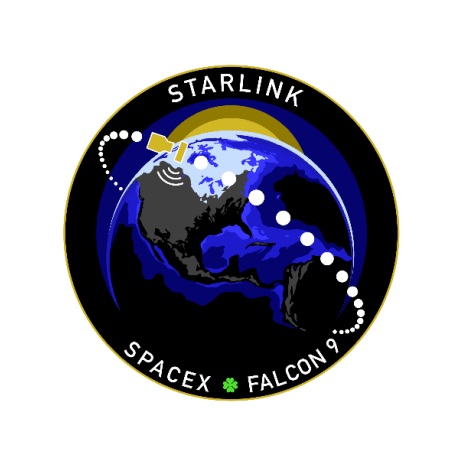After a few delays, SpaceX successfully launched its Falcon 9 rocket at the scheduled time of 2230 ET from Cape Canaveral in Florida.
Here, the American aerospace manufacturer and space transportation services company founded by billionaire Elon Musk, brought its first 60 satellites to low Earth orbit (LEO) under its ambitious Starlink project.
To put that many up at the same time, the satellites were built with a plat-panel design, allowing SpaceX to stack them up on top of each other, to tightly packing them together for the launch.
Together, these satellites weighed 13.6 metric tons (each satellite weighing at 500 pounds or 227 kilograms), making this launch the heaviest mission for SpaceX to date.
First 60 @SpaceX Starlink satellites loaded into Falcon fairing. Tight fit. pic.twitter.com/gZq8gHg9uK
— Elon Musk (@elonmusk) May 12, 2019
Musk said Starlink will become "economically viable" at 1,000 units, and as many as 12,000 satellites could one day comprise the entire Starlink constellation.
But the plan at this moment, is to continue launching batches of 60 satellites at a time, putting one to two thousand into orbit each year.
Once all satellites have been put to orbit, the Starlink constellation would transmit signals for high-speed internet access to paying customers. While the massive telecommunications system should go online once 400 satellites are in orbit and activated, but Starlink should reach “significant operational capacity” at 800 satellites.
The internet service enabled by Starlink is expected to be low cost and accessible to remote areas of the world where internet is hard to come by.
Each Starlink satellite unit has multiple high-throughput antennas and technology to help them avoid collisions. It also has one solar array for power, and equipped with a navigation system that allows SpaceX to accurately track its position.
Each satellite also has thrusters for mobility at their operational altitude of 550 kilometers.
It is designed to last no longer than five years, after which it’s supposed to fall into Earth's atmosphere an disintegrate. Turning to space debris, the private space firm would then replace each dying satellite with a more advanced version, according to SpaceX's Starlink presskit.
While this venture should represent one important revenue stream for SpaceX, Musk previously stated that the money generated by this Starlink project would be used to fund eventual missions to Mars.

SpaceX is only one of the players that are busy in Earth's atmosphere. Similar constellations are also being developed by OneWeb, Space Norway, and Telesat for the U.S. market.
Blue Origin is also looking to build a constellation, suggesting that space is becoming a highly competitive business.
This sudden influx of new arrivals has the potential to cause serious problems. In a paper presented at the 69th International Astronautical Congress in Bremen, Germany, last October, Glenn Peterson, a researcher at the Aerospace Corporation, calculated the effect of introducing thousands of satellites for communications, surveillance, and Earth observation into the low Earth orbits where the majority of space junk is located.
Space junk here includes dead satellites, leftover rockets, and debris from previous collisions that threaten operating satellites, human spaceflight, and even the International Space Station (ISS).
The Pentagon itself already has its eye on 250 large separate pieces at the moment. And if all the mega-constellations were going to be launched, with current technology, Peterson calculated that they would all generate over 67,000 “collision alerts” annually.